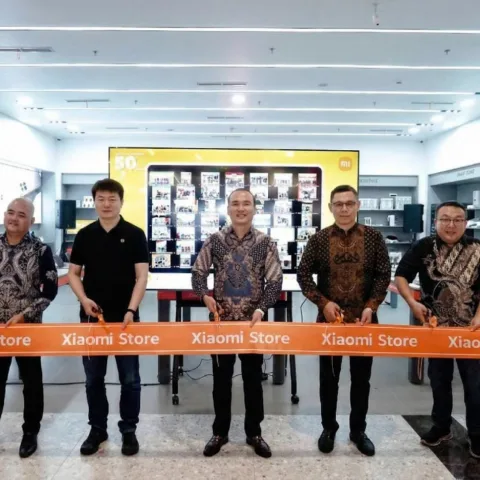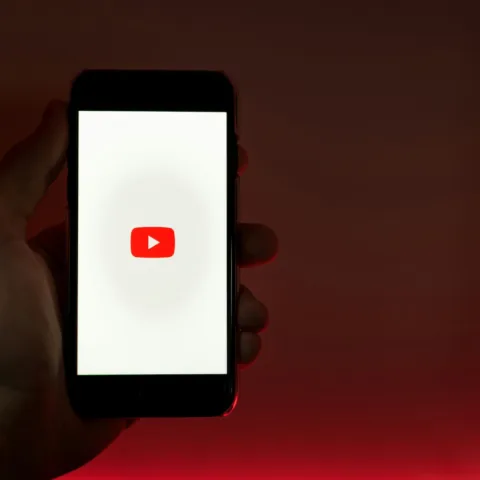
Admit it, not everyone prefers having a meeting. Many consider it as not efficient, considering how time-consuming it can be. However, it is also undeniable to say that meeting is fundamental, as it may be a moment when everyone can synergize their performances, planning, implementation, monitoring, and evaluation.
A meeting may be effective, only if it is done in a proper way. Below, there are a number of tips that can be applied should you want to hold a productive and effective meeting.
Before the Meeting
Before holding the meeting, try to sum up the very intention of having that meeting, including the expected goals and objectives, in one single sentence. Without being able to define the intention of holding the meeting, you better not holding the meeting. Seriously. If you fail to plan, then you plan to fail.
Next, think carefully about who should and shouldn’t be there at the meeting. This is crucial to keep the productivity of your team going. Last, prepare yourself well. Although it might be only a daily and plain meeting with your staff, a perfect preparation will help you saving much more time and energy. For instance, you may divide an 1 hour-meeting into 15 minutes of reviewing, 30 minutes of brainstorming new strategies and ideas, and 15 minutes of setting new targets.
During the Meeting
The best thing to start a meeting is actually by stating the objectives of the meeting upfront. This is really helpful in two ways: first, to get the attention of those who didn’t have the time to look at your preparation message, and second, to open the opportunity for the participants to post their worries or questions about the topic of the meeting, should they have any.
In advance, the head of the meeting is responsible in keeping the meeting in line with the schedule. Remember, when setting the meeting agenda, you must be flexible; setting it too tight then you’ll have the meeting being inefficient, same thing would happen if it’s way too loose. Keep attaching yourself to the meeting’s objectives to set just the perfect meeting agenda.
Make sure that every single invited participant has their right to voice their concern and ideas. Keep everyone of them actively involved during the meeting.
After the Meeting
The meeting is finished, but that doesn’t mean that you’re done. You need to ensure that every participant understands each own tasks and responsibilities. Don’t forget to write and distribute e-mails about the minutes of meeting to all participants.






